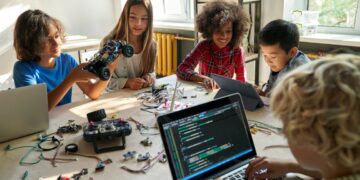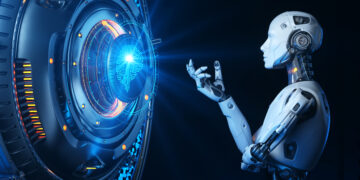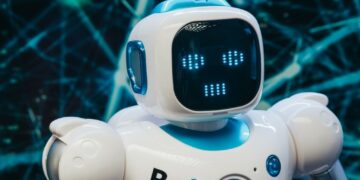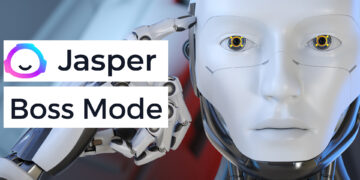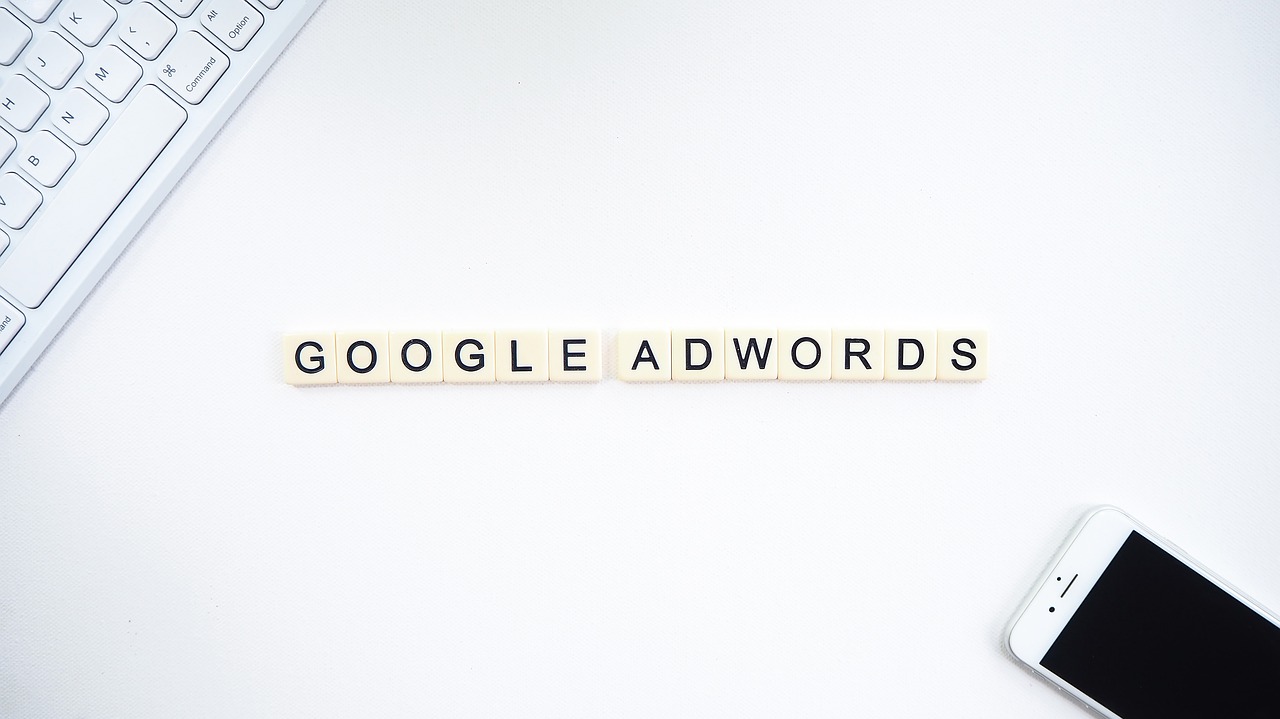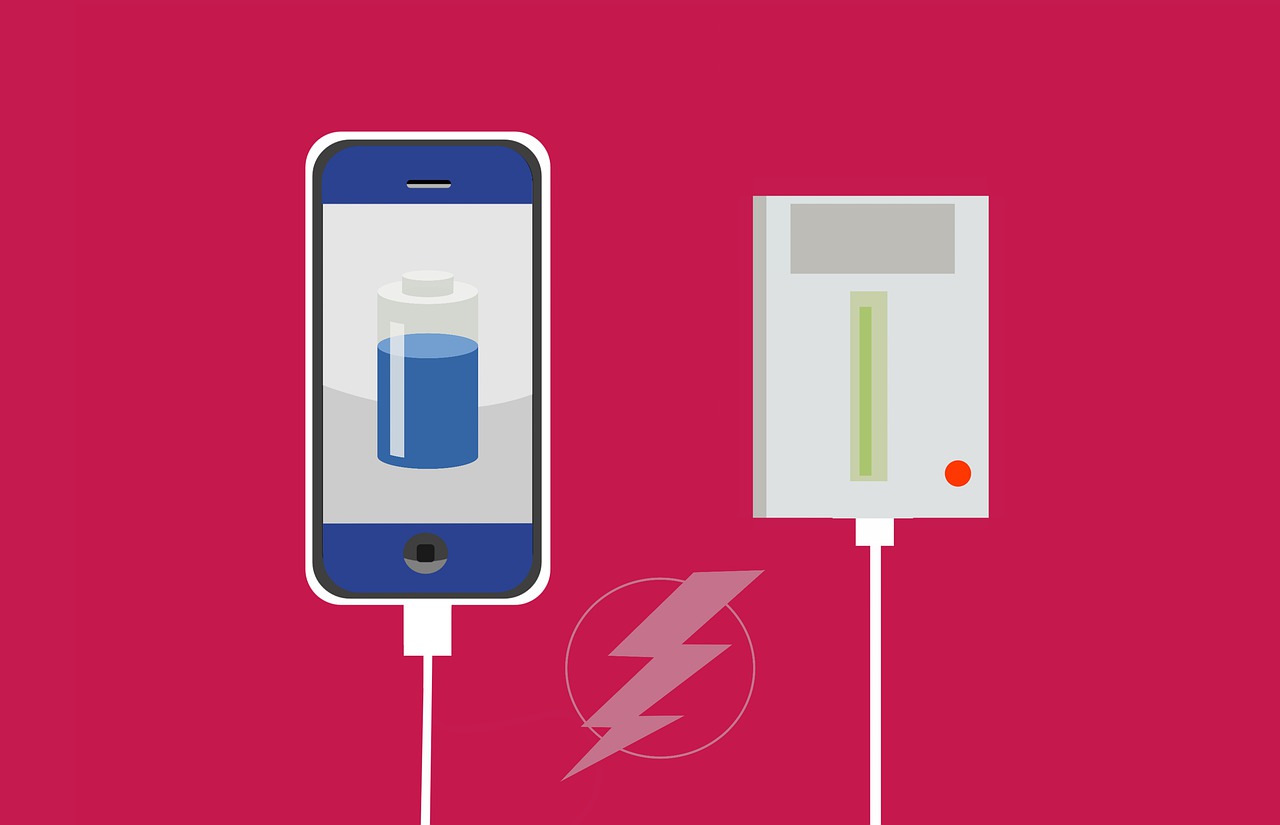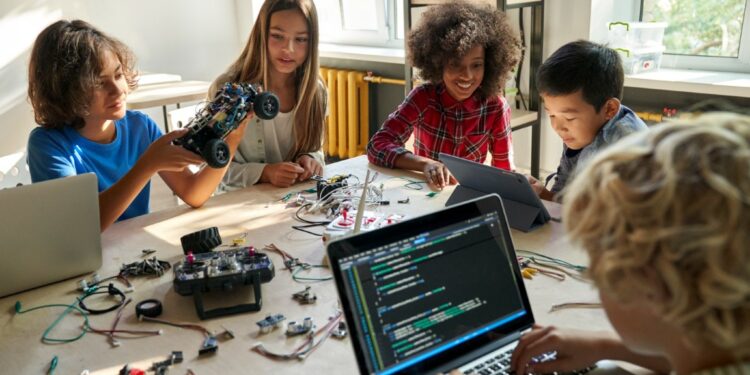How AI Is Changing The Field Of Education
The field of education is evolving. With the rise of artificial intelligence (AI), educators are finding new ways to teach and engage with students. AI can be used to create personalized learning experiences, identify areas where students need extra help, and provide real-time feedback.
As AI becomes more sophisticated, it will continue to transform education. Here are three ways AI is changing the field of education:
1. Personalized Learning Experiences
One of the most exciting ways AI is changing education is by creating personalized learning experiences. Thanks to machine learning, AI can analyze a student’s performance data and adjust the content and pace of instruction accordingly. This means that each student can receive a tailored education that meets their individual needs.
2. Improved Student Outcomes
AI can also be used to identify areas where students need extra help. By analyzing data points such as test scores, attendance records, and behavior patterns, AI can flag students who are at risk of falling behind. This information can then be used to target interventions and support so that these students have a better chance of success.
3. Real-Time Feedback
Another way AI is changing education is by providing real-time feedback to both students and teachers. For example, AI-powered chatbots can answer student questions outside of class hours, freeing up time for teachers. AI can also be used to grade essays and provide feedback on student writing in near-real time. This instant feedback can help students improve their work and learn more effectively. (344)
The Benefits Of AI In Education
The potential benefits of AI in education are vast and varied. From personalized learning experiences to more efficient grading and feedback, AI can help educators meet the needs of every student.
Personalized learning experiences are one of the most promising applications of AI in education. By analyzing data on students’ academic performance, interests, and learning styles, AI-powered systems can create customized learning plans for each individual. This approach has the potential to dramatically improve student outcomes by ensuring that every child receives an education tailored to their specific needs.
In addition to personalized learning, AI can also be used to automate tedious tasks such as grading and providing feedback on assignments. This frees up educators’ time so that they can focus on more important aspects of their job, such as developing relationships with their students.
AI also has the potential to revolutionize the way research is conducted in education. By mining large data sets for patterns, AI-powered systems can identify trends and relationships that would be difficult for humans to spot. This information can be used to inform decision-making at all levels of the educational system, from individual classrooms to district-wide policy.
The benefits of AI in education are numerous and wide-ranging. Personalized learning experiences, more efficient grading and feedback, and improved research are just a few of the ways that AI can transform education for the better. (310)
The Potential Of AI In Education
The potential of artificial intelligence in education is vast. AI can help personalize learning for each student, making sure that they receive the individualized attention that they need to succeed. Additionally, AI can be used to create dynamic and engaging learning experiences, adapting to the needs and interests of each learner.
AI can also be used to assess student progress, providing real-time feedback that can help teachers adjust their instruction accordingly. Furthermore, AI can be used to identify patterns of behavior and learning styles, allowing educators to better meet the needs of all students.
The possibilities are endless when it comes to the potential of AI in education. With its ability to personalize learning, provide engaging experiences, and assess student progress, AI has the potential to transform education as we know it and help every student reach their full potential. (198)
The Advantages Of AI In Education
There are many advantages to incorporating AI into education. Perhaps the most obvious is that it can help to level the playing field for all students, regardless of their background or circumstances. AI can also help to personalize learning experiences, making them more relevant and engaging for each individual student. Additionally, AI can provide educators with valuable insights into student progress and performance, helping to identify areas of need and tailor instruction accordingly.
AI can also help to make educational resources more accessible, including for students with disabilities. And as AI technology continues to evolve, the potential applications for education are only likely to grow. Ultimately, AI has the potential to transform education in a number of ways, making it more effective and efficient while also opening up new possibilities for learning. (184)
The Disadvantages Of AI In Education
The disadvantages of AI in education are many and varied. One of the most significant is that AI can potentially lead to a more standardized and inflexible approach to education, with students being taught according to pre-determined algorithms rather than being able to adapt their learning to their individual needs. This could stifle creativity and innovation, and limit students’ ability to think outside the box.
Another disadvantage of AI in education is that it could lead to increased levels of cheating and plagiarism, as students seek to find ways to game the system and get higher grades without actually doing the work. This could devalue degrees and qualifications, and make it harder for employers to trust that applicants have the skills and knowledge they claim to have.
AI can also be expensive to implement, both in terms of the initial investment required and the ongoing costs of maintenance and upgrades. And there is always the risk that something could go wrong, with potentially disastrous consequences. For example, if an algorithm used to grade essays made a mistake, it could have a major impact on a student’s life.
All of these disadvantages need to be carefully considered before deciding whether or not to implement AI in education. It is clear that there are both risks and potential rewards associated with doing so, and it is vital that any decision is made with a full understanding of both sides of the argument. (312)
The Risks Associated With AI In Education
When it comes to education, AI can be both a blessing and a curse. On the one hand, AI can help students learn faster and more efficiently. On the other hand, AI can also be used to manipulate and control students, which can lead to serious consequences.
There are many risks associated with AI in education. One of the most serious risks is that AI can be used to manipulate and control students. For example, if a student is given a false choice between two options, they may choose the option that is not in their best interest. This could lead to them making bad decisions that could have serious consequences.
Another risk is that AI can be used to track students’ every move and monitor their every activity. This could lead to a loss of privacy and could have a negative impact on the development of relationships between teachers and students.
Finally, there is the risk that AI will simply replace human teachers altogether. This would have a devastating impact on society as we know it, as education is one of the most important functions of any society.
All of these risks are serious and should not be ignored. However, it is important to remember that AI also has the potential to greatly improve education. For example, AI can help students learn faster and more efficiently. Additionally, AI can help identify individual learning styles and tailor instruction accordingly.
Thus, while there are many risks associated with AI in education, there are also many potential benefits. It is important to weigh both the risks and the benefits when deciding whether or not to use AI in education. (360)
The Impact Of AI On The Future Of Education
The potential impact of artificial intelligence (AI) on the future of education is both immensely exciting and somewhat scary. On the one hand, AI has the potential to completely transform the way we learn, making it more personalized, engaging and effective. On the other hand, there is a risk that AI could be used to further widen the gap between those who have access to quality education and those who don’t.
In terms of the positives, AI can help us to better understand how students learn and identify areas where they need extra support. AI can also be used to create personalized learning experiences for each student, based on their individual needs and preferences. This could make learning far more effective and engaging than it is currently. Additionally, AI can be used to develop new assessment methods which are more reliable and efficient than traditional methods.
There are also some risks associated with using AI in education. One of these is that AI could exacerbate existing inequalities in education if it is only made available to those who can afford it. Another concern is that AI could lead to a more standardized approach to education, with all students being taught in the same way regardless of their individual needs or interests. Finally, there is a risk that AI could be used to replace teachers altogether, which would have a hugely negative impact on the quality of education.
Overall, the potential impact of AI on education is both exciting and scary. It has the potential to transform the way we learn for the better, but there are also some risks that need to be considered. (345)
How AI Is Changing The Way We Learn
The way we learn is changing. With the advent of artificial intelligence (AI), we now have the ability to learn in ways that were once impossible. This new form of learning is often referred to as machine learning, and it is revolutionizing the way we educate ourselves and our children.
Machine learning is a form of AI that allows computers to learn from data, without being explicitly programmed. This means that instead of being taught how to do something by a human, the computer can learn on its own by analyzing data. This is changing the way we learn in several ways.
First, machine learning can help us learn faster. Because computers can analyze data much faster than humans can, they can learn new things much faster than we can. This means that we can learn more in less time, which can be a huge advantage when it comes to education.
Second, machine learning can help us learn more accurately. By analyzing data, computers can identify patterns that humans might miss. This means that they can help us learn things more accurately, and with greater precision.
Third, machine learning can help us customize our learning experiences. Because computers can analyze data about each individual learner, they can tailor the learning experience to each person’s needs and preferences. This means that each person can get the most out of their learning experience, and that they are more likely to retain what they have learned.
Fourth, machine learning can help us identify gaps in our knowledge. By analyzing data about what we know and don’t know, machines can help us identify areas where we need more education or training. This means that we can focus our efforts on the areas where we are weakest, and become better learners overall.
Finally, machine learning is changing the way we think about education itself. Traditionally, education has been seen as a one-size-fits-all enterprise: everyone learns the same things in the same way at the same time. But with machine learning, this is no longer true. Instead, education can be customized to each individual learner, and delivered in a way that best suits their needs and preferences. This personalized approach to education has the potential to transform the way we think about learning, and could lead to better outcomes for everyone involved. (496)
The Role Of AI In Personalised Learning
The role of artificial intelligence (AI) in education is becoming increasingly important as the technology continues to evolve. AI can be used to personalise learning for each individual student, making the educational experience more efficient and effective.
There are a number of ways in which AI can be used to personalise learning. For example, AI can be used to monitor a student’s progress and identify areas where they may need extra help. AI can also be used to create customised learning plans for each student based on their individual needs and abilities.
In addition, AI can be used to provide real-time feedback to students on their performance. This feedback can help students to identify their strengths and weaknesses and make necessary adjustments to their learning strategies.
Overall, the use of AI in education can help to improve student outcomes by providing a more personalised and efficient learning experience. (216)
How AI Can Help Us To Better Understand Learners
In recent years, there has been increasing interest in the potential of artificial intelligence (AI) to improve education. While AI holds great promise for transforming education, there is still a great deal of work to be done in order to realize this potential. One area where AI can potentially make a significant impact is in helping us to better understand learners.
There are a number of ways in which AI can help us to better understand learners. For example, AI can be used to analyze large amounts of data that have been collected about learners. This data can include everything from test scores and grades to attendance records and behavior patterns. By analyzing this data, AI can help us to identify patterns and trends that would be difficult for humans to discern. This information can then be used to tailor instruction and support to individual learners in order to help them be more successful.
In addition, AI can also be used to provide personalized feedback to learners. For instance, if a learner is struggling with a particular concept, an AI system could provide them with targeted feedback and resources that would help them to better understand the concept. Similarly, if a learner is excelling in a certain area, an AI system could provide them with challenges and opportunities to further develop their skills in that area.
Ultimately, the goal is to use AI to create a more personalized and effective learning experience for every learner. By doing so, we can help learners reach their full potential and prepare them for success in the 21st century. (338)
The Challenges Associated With Implementing AI In Education
The challenges associated with implementing AI in education are numerous and varied. Perhaps the most significant challenge is simply ensuring that the technology is able to meet the needs of all students, regardless of their individual abilities or learning styles. Another significant challenge is finding ways to integrate AI into existing curriculum in a way that is both effective and efficient. Additionally, challenges also exist in terms of funding and infrastructure; many schools simply do not have the resources necessary to implement AI-based solutions.
Despite these challenges, there are also many potential benefits to implementing AI in education. For example, AI has the potential to personalize learning experiences for each individual student, providing them with customized content and support that is tailored to their specific needs. Additionally, AI can help to identify areas where students may be struggling and provide targeted interventions accordingly. When used effectively, AI has the potential to transform education and help students reach their full potential. (217)
How AI Is Being Used In Education Today
AI is being used in education in a number of ways. One way is to create individualized learning experiences for students. This can be done by using data from previous students to create models of how they learn best and then using those models to create customized learning experiences for current students. Another way AI is being used in education is to create digital assistants that can help teachers with tasks such as grading papers and providing feedback to students. These digital assistants can also help students with things like scheduling and keeping track of assignments. Additionally, AI is being used to develop new ways of assessment that can provide more accurate and timely feedback to both teachers and students. (168)
FAQ
Q: 1. How is AI changing education?
2. What are the benefits of AI in education?
3. What is the potential of AI in education?
4. What are the risks associated with AI in education?
Summary
The education system is changing rapidly with the advent of new technologies, and AI is playing a big role in that change. Some educators are excited about the potential of AI to personalize learning and help students achieve their full potential, while others are concerned about the implications of AI for privacy and equity.
One of the biggest changes that AI is bringing to education is personalized learning. With AI, educators can now customize learning experiences for each individual student based on their unique needs and abilities. This means that students can receive instruction that is tailored specifically to them, which can lead to better outcomes.
However, some people are concerned about the implications of personalized learning for privacy and equity. Personalized learning requires data collection on students, which raises concerns about how that data will be used and who will have access to it. There are also concerns that personalized learning could exacerbate existing inequalities in education, as wealthier students will likely have access to better resources and more customized learning experiences.
Overall, AI is changing education in both positive and negative ways. It has the potential to personalize learning and help every student reach their full potential, but there are also concerns about privacy and equity that need to be addressed.



